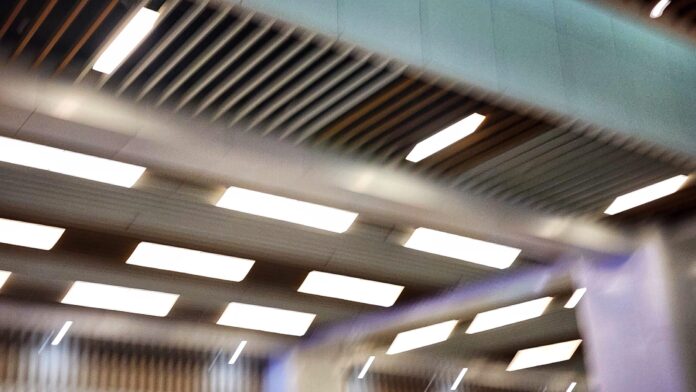Annual shipments of smart lighting components including luminaires and sensors will reach 138.5 million units by 2030, according to ABI Research. The firm forecasts compound growth (CAGR) of 12 percent per annum over the five-year period, rising from 71 million shipments in 2024. Smart luminaries will account for more than half of total shipments, it said, but the total also counts sensors, controllers, switches, and other componentry.
Smart network lighting control (NLC) products, in the market for more than a decade, enable automation and control of conventional LED systems. Rising sales are stimulated by energy efficiency and sustainability drives, as well as occupant well-being and labour shortages. ABI Research’s market review focuses on deployments in commercial offices, retail malls, industrial warehouses, data centres, schools and gyms, hotels and restaurants, and hospitals.
ABI Research has ranked suppliers in the market. Netherlands-based Signify, US-based Acuity Brands, Austria-based Zumtobel Group, and US-based CREE – presumably in that order – hold a combined share of over 50 percent of the NLC market, catering to “all verticals of commercial space typology”. Honeywell and Enlighted are highlighted as premium NLC service providers, connecting building management systems (BMSs).
It also name-checks Casambi, Danlers, Nordic Semiconductor, Wirepas, Tuya, INGY, and LEDCity among various leading “system integrators, installers, semiconductor vendors, and software providers”. Retrofitting opportunities in old buildings will surpass the installed NIC base in new buildings by 2030, it said. The combination of IoT and AI is, increasingly, helping building managers to “optimise occupant behaviour and accommodate seasonal shifts”, it said.
The market is being driven by regulation, too. EN1246 has established a common standard for lighting planning of indoor workplaces in Europe since 2003. Schemes like LEED, BREEAM, WELL, and DGNB also offer frameworks for green building certifications. ABI Research points to the California Building Standards Code, known as Title-24, related to public schools, community colleges and state buildings, as another key regulation. Government grants have also seen increased adoption rates in hospitals and educational buildings, particularly, it noted.
Rithika Thomas, analyst for sustainable tech at ABI Research, said: “Energy savings, dynamic control(s), [and] regulatory pressures will catapult NLC from a niche market into mainstream lighting solutions. NLC, particularly wireless installation, will strengthen its use case due to ease of installation, cost, and savings. Lighting OEMs are complying with… regulations [with] options to upgrade existing luminaires with sensors… to extend their operational [life] and carbon emissions.”

